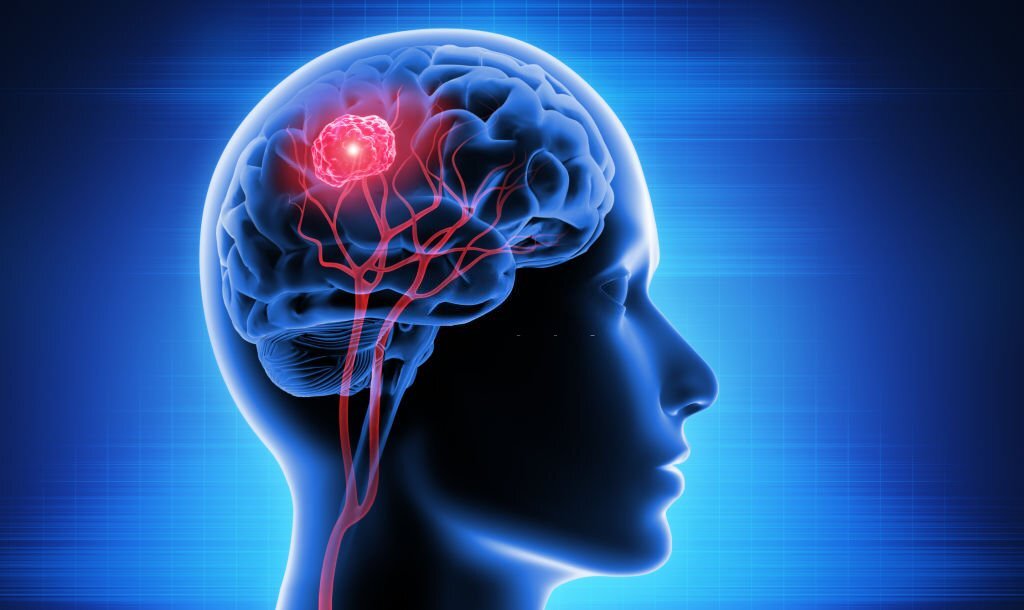Solid Tumors
There are two main types of cancers: hematological (blood/bone marrow) and solid tumors. Hematological cancers are treated with chemotherapy and targeted therapy, while solid tumors may be treated with a combination of surgery, chemotherapy, targeted therapy, and radiation. Dr Sujata Vasani is a highly-qualified Haematologist and Medical Oncologist. She treats both blood cancers and solid tumours. Solid tumors can occur in any organ and can affect people of any age or gender. Early detection and treatment can improve the chances of successful treatment.
What are the Types of Solid Tumors?
There are many types of solid tumors, but some common examples include:
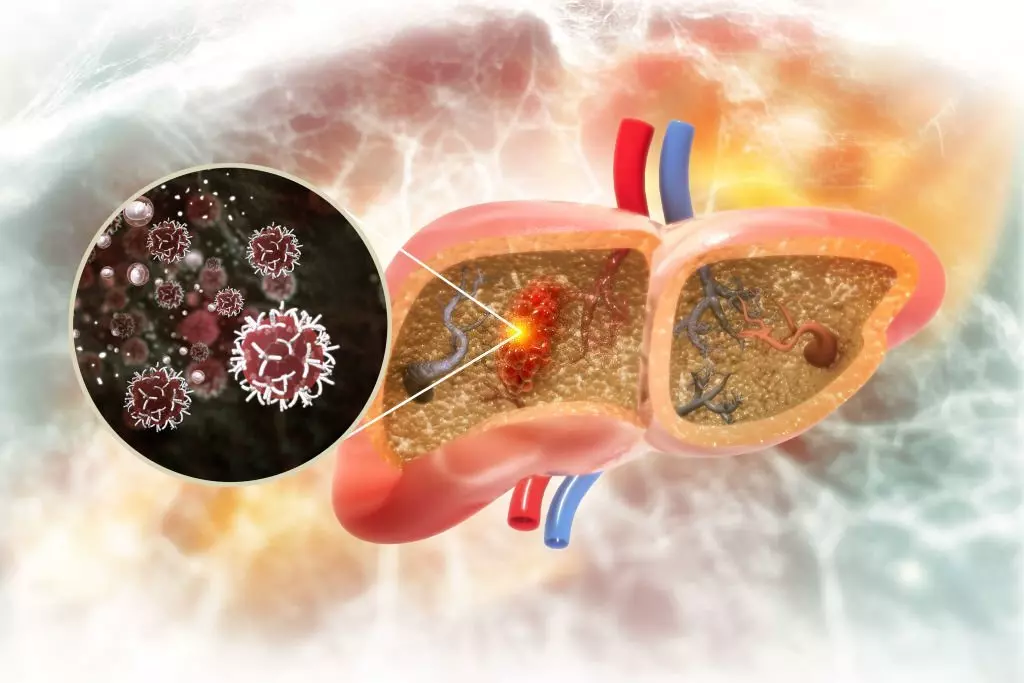

Carcinomas
Where the cancer originates in epithelial cells in the body, e.g. lung, breast, and colon.


Sarcomas
Which originate in the connective tissues of the body, such as bone, muscle, or cartilage.
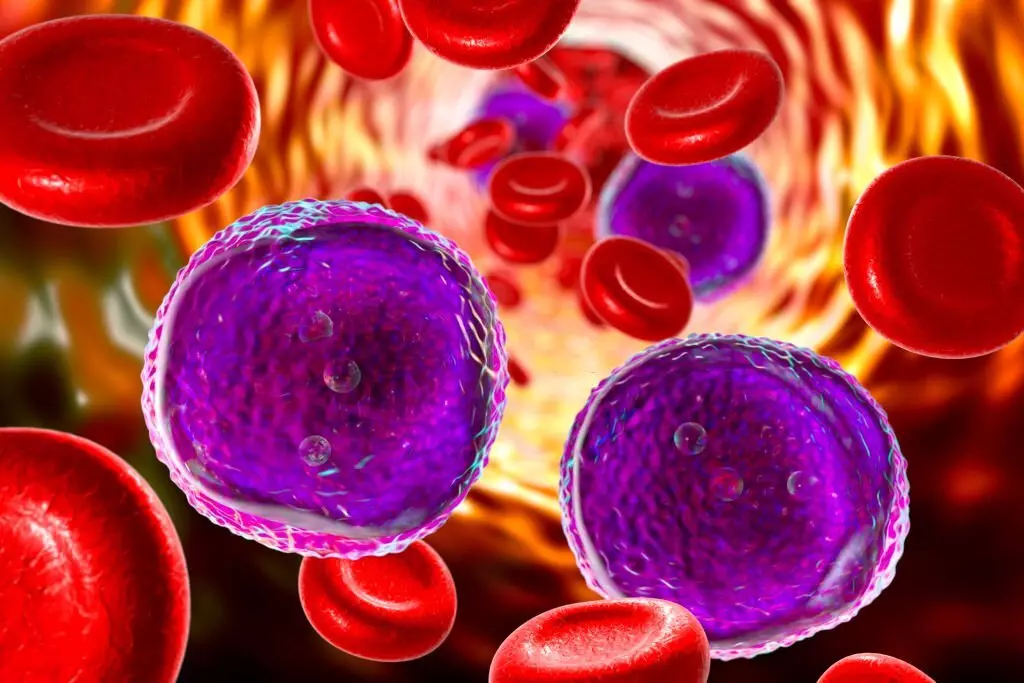

Lymphomas
Which originate in the lymphatic system and are a type of blood cancer.
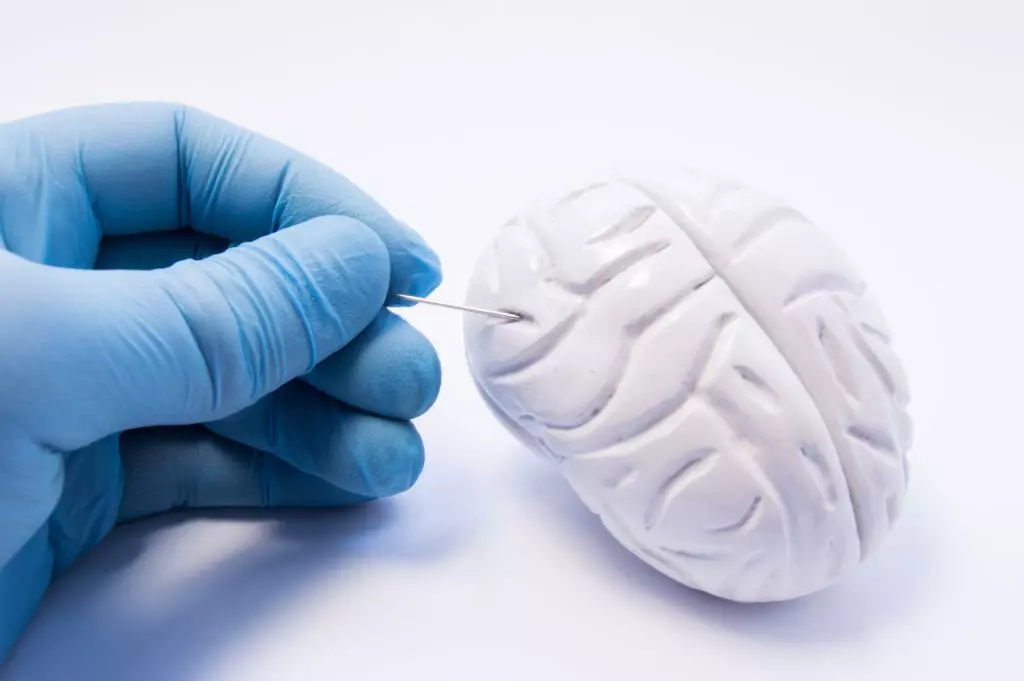

Gliomas
Which originate in the brain and spinal cord.


Gastrointestinal Stromal Tumors
Which originate in the cells of the gastrointestinal tract.
Benign Tumors
Solid tumours can be either benign or malignant. Generally, when referring to a solid tumour, it is assumed to be malignant. Benign tumours are so called as they closely resemble the organ of involvement in the type of tissue they are composed of, and most importantly, they have little or no invasive potential. They rarely require treatment and usually do not pose a risk to life. They may remain stable throughout a person’s life without causing any harm. A few may show rapid growth and require surgical removal. Some benign tumours can recur after surgery and may require additional therapy with targeted therapy and radiation. Chemotherapy is usually not a part of the treatment plan. Examples include Ovarian Cysts, Uterine Fibroids, soft tissue tumours like Lipomas, Fibroadenomas that involve the Breast, liver cysts, haemangiomas seen in the liver, etc.
Usually they remain asymptomatic, pain may be a feature if the tumour shows rapid growth, or gradually increases to a large size, or compresses another vital structure like a neighbouring organ, blood vessels or nerves.
All benign tumours can be treated if required and do not pose a cause for concern.


Carcinomas and Sarcomas
Are both malignant in nature. However, they vary in the tissue of origin with sarcomas arising from the soft tissue, muscles, and bones and carcinomas arising from the epithelial lining or the mucosa and internal lining of organs like the breast, lung, ovary, etc.
Each are further sub-divided into various types –
Carcinomas are divided into:
- Squamous Cell Carcinoma- commonly found in the lung, the head and neck area, the trachea or larynx, the skin etc.
- Adenocarcinomas- seen in the Breast, Colon, Uterus, Prostate.
- Neuroendocrine tumors – which can occur in any part of the body, but commonly seen in the duodenum, ileum, other areas of the intestine, the pancreas and liver.
- Basal cell carcinomas- seen in the skin.
Sarcomas: are sub divided into types like:
- Leiomyosarcoma- seen in the Uterus.
- Lymphosarcoma– seen in the abdomen and the extremities.
- Rhabdomyosarcoma– originates in the muscles.
- Osteogenic sarcoma and Ewings sarcoma – originate in the bones.
The treatment of each type of carcinoma and sarcoma is different. It depends on multiple factors like the molecular profile, the stage at which they are detected, the grade, the extent of spread, the age of the patient, and the degree of differentiation.
Some of these cancers can be completely cured with treatment while some are highly aggressive, respond poorly to treatment and eventually prove fatal.
There are multiple other types, depending on the tissue of origin and the organ involved.
A combination of carcinoma and sarcoma, called Carcinosarcoma or Mixed Mullerian Tumour (MMT) can occur, it has been seen in the uterus. It is a malignancy which is highly invasive and spreads rapidly. It can develop in virtually any part of the body.
Types of Tumors
As discussed earlier, these are of various types and can arise from and grow to involve almost any organ of the body.
- Commonest solid tumors are cancers of the breast, ovary, uterus, lung, colon, prostate, testis, rectum, brain and skin.
- They can be of different pathologies like Carcinoma, Sarcoma, Adenocarcinoma, Squamous Carcinoma, Neuroendocrine tumour, etc.
- Presenting symptoms depend on the organ of origin.
- A breast tumour would present with a lump or pain in the breast.
- A lung cancer would present with cough and breathlessness
- Ovarian cancer presents with abdominal pain, bloating, weakness, anorexia and weight loss.
- As the tumour size increases and the cancer spreads, complications can occur. Without prompt treatment the cancer begins to metastasize and produces symptoms depending on the area of involvement and the tumour load.
Complications in Solid tumors


Breast cancer
Will spread into the draining axillary lymph nodes, the underlying chest wall and overlying skin and nipple. It will eventually spread into the bones, lung, liver and brain.


Colon and Rectal cancer
Will cause a change in bowel habits with alternating constipation and diarrhoea. Bleeding may be seen in the stools. Abdominal pain, nausea and vomiting can occur in case of intestinal obstruction.


Lung cancer
Will result in persistent cough with hemoptysis, pain at the tumour site and the area of spread. Breathlessness, bony pain and paralysis in case of spinal cord involvement can all occur with disease progression.


Prostate cancer
Prostate cancer can cause urinary symptoms, pain when it spreads to the bones, and paralysis of the lower limbs if it affects the spine. It commonly spreads to bones, particularly in the axial skeleton.


Ovarian cancer
Ovarian cancer complications include abdominal pain, bloating, early satiety, anorexia and urinary issues. Spread to other organs results in ascites, abdominal swelling, fatigue, weight loss and anaemia, nausea and vomiting.


Uterine and Cervical cancer
Uterine and Cervical cancer can both cause abnormal bleeding, abdominal pain, and weight loss. If left untreated both can spread to the ovaries, fallopian tubes, and lymph nodes, and may cause fluid buildup in the abdomen. They can also spread to the lungs and cause coughing and difficulty in breathing.
Do you have any questions to ask Dr. Sujata Vasani regarding solid tumours?
Solid Tumor and Blood Cancer Facts
Loading..........
The Data is Not Available
Risk factors for Tumors


Breast cancer risk
Increases with age. It is also genetic in nature with a positive family history, especially in a first degree relative being a major risk factor. Younger women who carry high risk mutations like BRCA can develop the cancer at a very young age, in their 30s and 40s.
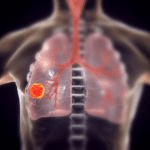

Lung cancer risk
Increases with smoking, tobacco consumption, nicotine exposure, air pollution, second hand smoke exposure, exposure to chemicals like asbestos, arsenic and chromium. Lead is a known carcinogen for various malignancies.
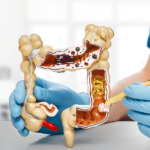

Colon cancer risk
Increases with age and a family history of colon and rectal cancer. Patients may carry high risk mutations leading to development of the Lynch Syndrome(HNPCC) and APC, both of which result in colon cancer development at a young age.
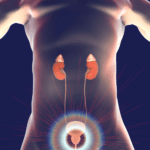

Prostate cancer risk
Increases with age. It is one of the commonest malignancies in elderly men. There are particular high-risk mutations like BRCA and Homologous recombination pathway deficiencies which predispose to prostate cancer. These are passed on from generation to generation and are hereditary in nature.


Ovarian cancer risk
Increases with age and a prior history of breast cancer. Having a first or second-degree relative with breast or ovarian cancer increases the risk. Hereditary mutations like BRCA and Homologous recombination pathway deficiencies predispose to an earlier development of the cancer.


Uterine cancer risk
Increases with age, excessive hormonal stimulation with estrogen, and use of tablets like Tamoxifen over an extended period. Some are hereditary in nature and carry an association with a number of high-risk mutations.
Consult now to get personalized solid tumor treatment options
Brain Tumors
Brain tumors are abnormal growths in the brain that can be benign or malignant. Benign tumors generally have a good prognosis and can often be treated with surgery. However, most brain tumors are malignant, meaning they are aggressive and can spread quickly. One particularly dangerous type of brain tumor is glioblastoma multiforme, which is incurable and has a rapid growth rate. Treatment for brain tumors often includes surgery to remove as much of the tumor as possible, followed by radiation and chemotherapy. Molecular profiling is becoming increasingly important in the treatment of brain tumors, as it can help doctors identify specific mutations that can be targeted with specialized therapies. Symptoms of brain tumors can include headaches, vomiting, visual disturbances, seizures, weakness, and changes in mood, speech, and cognitive function. Diagnosis typically involves a CT scan and MRI brain scan with contrast.
Patient Case Studies
Case studies provide valuable insights into the treatment and management of individual cancer patients, informing oncologists’ decision-making and helping to improve care and outcomes for all patients. They also inform clinical guidelines and best practices, benefiting all cancer patients
About Dr. Sujata Vasani
Dr. Sujata Vasani is a Hemato-Oncologist with 18+ years of experience in her field. She currently has her own clinic at Kemps Corner and is an Honorary Consultant at these renowned hospitals – Saifee, Breach Candy, Bhatia, Cumballa, and Dalvi.
Frequently Asked Questions
The most common solid tumors are breast, lung, prostate, ovarian, uterine and colorectal cancers.
Many types of cancers are solid tumors like breast cancer, ovarian cancer, lung cancer and prostate cancer
The three types of tumors are benign, malignant, and precancerous. Benign tumors are non-cancerous and do not spread to other parts of the body. Malignant tumors are cancerous and can spread to other parts of the body. Precancerous tumors are abnormal cells that have the potential to become cancerous.
Solid tumors can be cured, especially if they are detected and treated early. Some solid tumors may be more difficult to treat, depending on the type and stage of the cancer.
Not all solid tumors are benign. Some solid tumors are malignant, meaning they are cancerous and can spread to other parts of the body.
Solid tumors can develop in any part of the body.
Solid tumors are typically diagnosed through a combination of physical exams, imaging tests, and biopsy procedures.
Solid ovarian masses can be benign or cancerous in nature. A biopsy will provide the diagnosis
A solid ovarian cyst does not necessarily mean that cancer is present. Ovarian cysts can be benign or malignant.
Solid tumors can be benign or malignant. They can originate in any organ of the body. Blood cancers arise from the bone marrow and include Leukemias, Lymphomas and Myeloma
Blogs
Lorem ipsum dolor sit amet, consectetur adipiscing elit. Ut elit tellus, luctus nec ullamcorper mattis, pulvinar dapibus leo.
videos
Lorem ipsum dolor sit amet, consectetur adipiscing elit. Ut elit tellus, luctus nec ullamcorper mattis, pulvinar dapibus leo.
A Leading Solid Tumors clinic in Mumbai
Take the first step towards better treatment by reaching out to the expert team at the Solid Tumors clinic in Mumbai. Schedule a consultation today!



